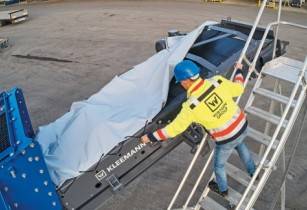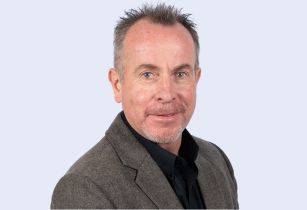Bentley Systems has announced OpenUtilities solutions for distributed energy resources (DER) planning and design assessment in grid modernisation
In partnership with Siemens? Digital Grid business unit, OpenUtilities Solutions for DER aims to empower electric utilities, electricity suppliers and distribution network operators (DSO) with software applications to analyse, design and evaluate DER interconnection requests through desktop and cloud-based services.
OpenUtilities Solutions for DER create automatic network analysis models for Siemens? PSS SINCAL with the integration of GIS-based network data including ESRI, GE and Smallworld.
The solutions are set to generate an electrical digital twin for utilities ? a GIS digital twin that enables the operators to more efficiently model the grid for decentralised energy without compromising safety and reliability.
Some of the major challenges utilities encounter with DER integration include system complexity, increased regulatory requirements, high customer demand and cost management. Digital twins intend to provide huge efficiencies in grid operations by streamlining DER interconnection applications with optimised workflows to better assess operational impacts, long-term strategic scenarios and investment decisions.
OpenUtilities DER Optioneering provides a cloud-based decision support initial screening and supplemental screening mechanism to evaluate DER interconnection requests using validation checkpoints and hosting capacity analysis. Utilities can benefit from this fast-track interconnection procedure to readily approve DER applications or to defer them to power systems planners to conduct further studies and impact analysis.
?The application provides a practical and cost-effective method to streamline and automate the DER approval process without always having to involve costly engineering resources and expedite the interconnection request process. It enables non-engineering staff and managers alike to effectively manage DER interconnection applications while adhering to complex regulatory requirements for DER permits,? explained Bentley.
In addition to this, OpenUtilities analysis gives power system engineers a mechanism to reduce the amount of manual work required at each step of an impact analysis study. It enables power system planners to better forecast and model the grid for decentralised energy without disrupting current operations.
OpenUtilities Design Optioneering also provides the ability to analyse both planned and existing infrastructure, optimise equipment sizing and estimate materials and labour costs for DER projects. This helps utilities minimise design construction costs associated with DER and streamline the DER interconnection process with detailed cost estimation included with the impact analysis studies.
Bentley?s OpenUtilities solutions all leverage an open Connected Data Environment (CDE), a source of information used to collect, manage, and share all information about assets. By enabling an open CDE, utilities can better manage and access consistent, trusted and accurate information. Utilities can share the benefits of an open, integrated, and connected framework to enable collaboration, improve decision making, and optimise the value of high penetrations of DER.
Vonnie Smith, vice-president of energy infrastructure for Bentley Systems, said, ?Through an open Connected Data Environment, these new applications will help utility owners and operators share critical information to realise the potential of their network models for continuous benefit throughout the day-to-day running of their organisations.?
Michael Schneider, general manager and global head of Siemens Power Technologies International, noted, ?Electric utilities today have a growing need for planning and analysis solutions that tackle the fluctuations of decentralised renewable generation. That means good forecasting, state-of-the-art models and the ability to study many scenarios per year.?
?Enabling these outcomes requires a highly dynamic mode of analysis where network models are continuously up-to-date. It also helps utilities and industrial owner-operators address the challenges of planning, designing and operating networks with integrated DER in a highly efficient manner,? Schneider added.



























